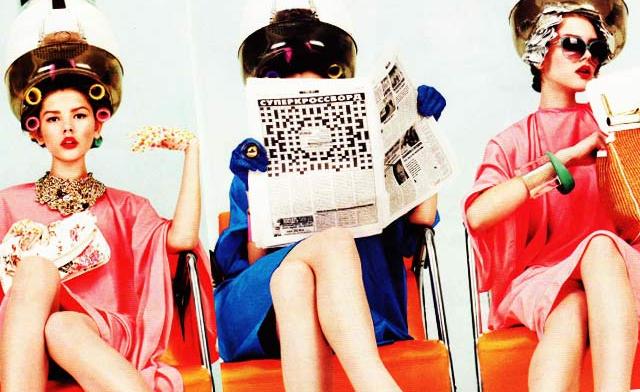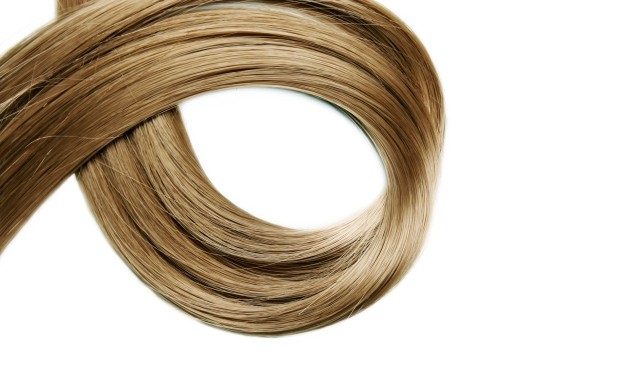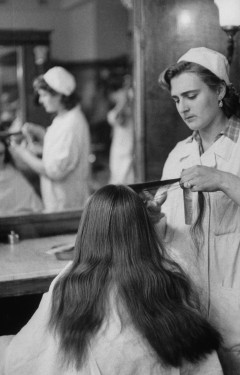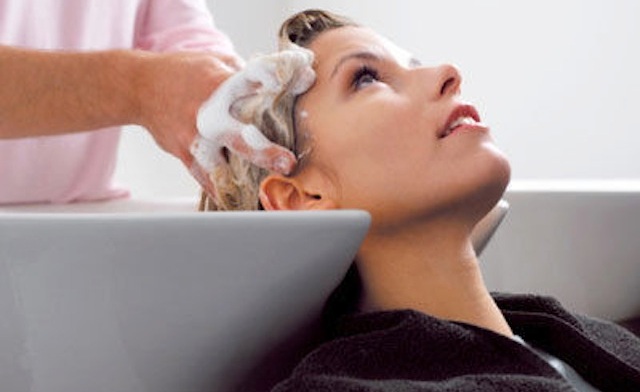Hair Loss can cause great psychological distress, anxiety and often depression. Most people are aware that both alopecia areata and genetics are causes of excess hair fall and/ or bald patches. However, often this is not the case. Here are a few causes of excessive hair shedding you might not know about – and are all factors to consider if you are losing your hair.
1. Hypo or Hyperthyroid
Having a hypo (low) or hyper (high) thyroid is a common cause of hair loss. You can have thyroid levels tested by your doctor through a routine blood test, and he or she will be able to tell you if the readings are within normal range. However, it’s important to be aware that when it comes to hair, readings within the ‘low-normal’ and ‘high-normal’ range can also cause hair problems. The levels acceptable to keep your vital tissues working adequately are not the same as the levels needed to sustain optimum follicle function. This also applies to ferritin, iron and B12 levels, to name a few. If you find you have hyper or hypothyroid, your GP can prescribe you medication to correct it, and this will help with your hair fall as well as any other symptoms you are experiencing. You may also wish to speak to a trichologist if you are concerned that your thyroid is causing hair loss.
______________________________________________________________________________________________________________________________________________________________________
2. Birth Control Pill
Certain birth control pills have an effect on androgens (male hormones) and can cause hair fall if your follicles are sensitive to them and you have a genetic pre-disposition. These include pills containing Norethisterone, Levonorgestrel, Gestodene and Ethynodiol Diacetate – One of the most popular brands being Microgynon. If you experience hair fall from a certain birth control pill, it’s easy to remedy by changing to a ‘less androgenic’ one. The best of these are Yasmin and Dianette, which can actually help with hormonal hair fall unrelated to the pill, such as PCOS or genetic thinning. It goes without saying that you need to discuss your choice of pill with your doctor or gynaecologist. And, as these are guidelines, it is possible that the pill best for your hair may not be suitable for your metabolism.
______________________________________________________________________________________________________________________________________________________________________
3. Pregnancy
While most women’s hair falls out less during pregnancy due to increased circulating oestrogen, around 50% experience post-partum hair fall. This hair loss occurs approximately 2-3 months after giving birth and is simply due to hormone levels returning to ‘normal’. Please try to remember that in most cases, the excess hair that comes out post-pregnancy is just the hair that was retained in the follicle during pregnancy. Most post-partum hair fall resolves on its own, but eating a healthy balanced diet can also help. If the loss persists for more than 10 weeks, please consult a trichologist.
______________________________________________________________________________________________________________________________________________________________________
4. Traction Alopecia
Sometimes hair loss can be exacerbated or caused by excessive pulling on the hair by braids, extentions, weaves, or even too tight ponytails, pulled back harshly from the scalp. The latter is especially common in ballerinas and gymnasts. If caught early, traction alopecia can be easily corrected by removing or stopping the method causing it. However, traction loss over a prolonged period can cause permanent damage to the hair follicle, and your hair can stop growing back.
______________________________________________________________________________________________________________________________________________________________________
5. Low Ferritin
One of the most common causes of hair loss in women is low ferritin levels, even if haemoglobin (red blood cell) levels are normal. Ferritin is a stored iron that helps produce hair cell protein. Its levels are rarely tested in a routine blood test, but if you are experiencing hair loss or thinning you should ask your doctor to check them. Even more so than with thyroid readings, low- normal ferritin levels can adversely affect your hair. For women, ferritin should be at least 80 micrograms per litre. There are many good supplements you can take to increase ferritin levels, but always consult with your doctor before choosing one. Rest assured though – as your ferritin levels reach a healthy figure, your hair will benefit immensely. You can also help increase ferritin levels by eating red meat, such as steak and liver, twice a week as part of a well balanced diet.
If you are experiencing hair loss, try not to worry. There are usually treatments, perscription medications and or changes in diet and lifestyle that can stop, slow and/or reverse hair loss, depending on the cause. For more advice, please call either our Dubai clinic to set up a consultation with the Dubai hair Doc




